Peace Bird
Famous across the Haan Archipelago and iconic in heraldics, art and even architecture, the peace bird is a rare ocassion of a creature whose symbolism is shared across each culture in the Trade Isles and who enjoys a special, protective treatment despite its inability to form pacts.
Their plumage is bright, uniform light green in all of the body except for light blue markings on the sides of the tail train.
They have a short, curved beak and orange eyes. Their long neck features longer feathers that point up near the base of the head, forming a sort of ruff or collar on the back, while on the front the base of the neck gets longer, flowy feathers that give the entire neck a dynamic aspect.
their body is round and their wings appear short when tucked at the sides, though they are big enough to enable consistent, normal flying abilities.
The creatures have feathers in the legs down to the very raised heels, where they have tufts of longer, thin ornamental feathers. The characteristic tail of the peace bird is composed of soft sickle feathers at both sides and a long train that forms three ovals at each side with light blue markings. The sexes look similar, though males often have longer and thicker tails and leg ruffs.
While they are able to cause extensive damage if needed, the peace bird only attacks if the individual or their chicks are threatened. They are diurnal and live in disorganized groups of males and females and readily share space with other avian species.
They communicate with soft cooing sounds, which gives them the designation of "murmurs" to their groups.
Despite its humidity, the species can be found in the Delta of Many Birds in Thaur, being an attractive natural sight of the City of Birdland.
The creature represents not just peace, but also the pursuit of knowledge and creativity. Peace birds are depicted in the flag of the united Ruh's nation where they are used to represent the peace and union between the different city-states, and can be found also as the symbol of The Knowledgeholders atop a fan of its feathers and handing out a Knowledgeholder's comission. These creatures are considered lucky across the archipelago, and killing or mistreating one is seen as bad luck and incredibly poor taste, up to being outlawed in some places.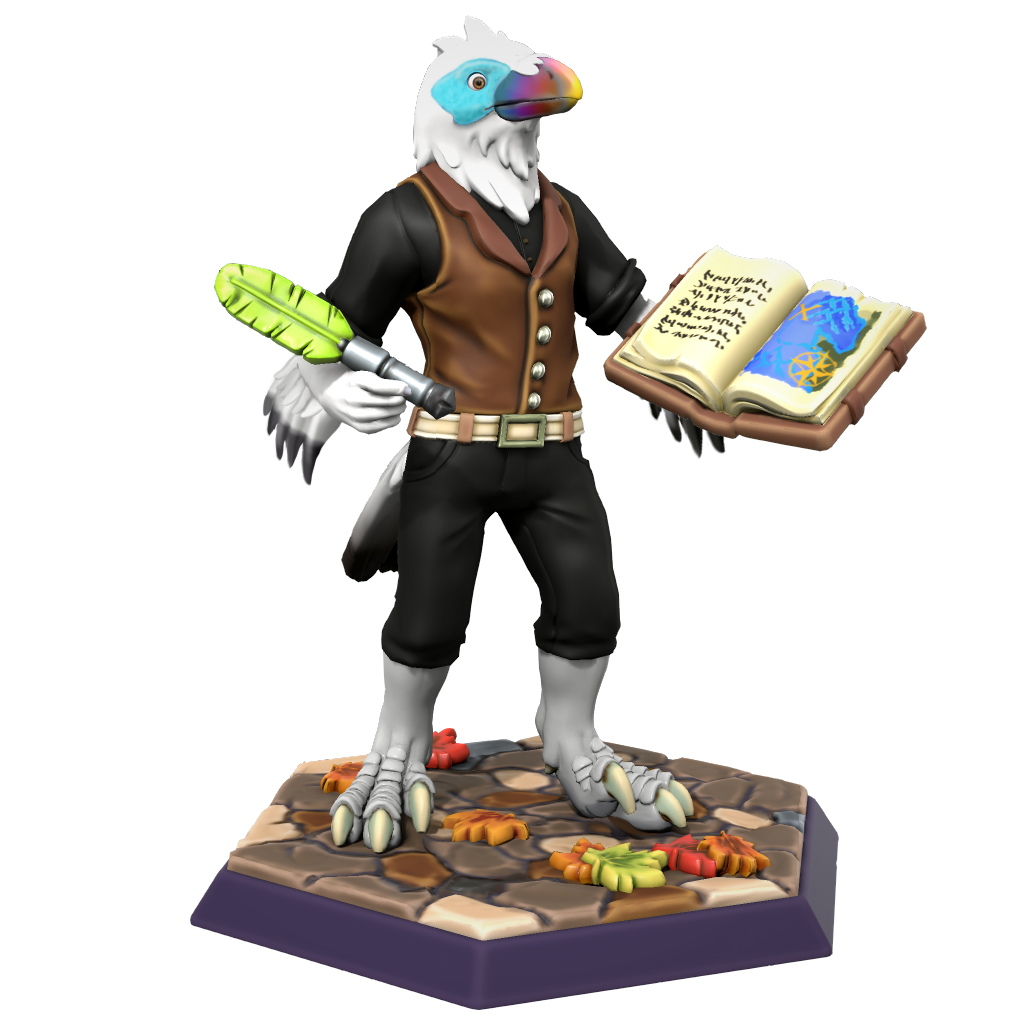 Pens made with the feathers of the peace bird, especially those of the tail, are considered to bring luck, creativity and combat writer's block and are a favoured gift for researchers, writers and poets.
Pens made with the feathers of the peace bird, especially those of the tail, are considered to bring luck, creativity and combat writer's block and are a favoured gift for researchers, writers and poets.
However, the feathers must always be collected from the ground after they fall naturally and never be plucked, so pens made with the beautiful sickle and patterned feathers of the tail are very expensive.
Most peace bird pens are made with much cheaper wing and neck feathers, making a sickle feather pen a symbol of status among writers. Unfortunately, the demand for sickle and patterned feathers has generated a market for poaching of peace birds.
Since it is very difficult to distinguish naturally fallen feathers from plucked ones, reputable sellers that keep fields with welcoming conditions for the species to thrive and sell only after the moulting season have increased in price substantially, making ethically-sourced sickle feather pens a luxury.
Biology
Anatomy
The peace birds are tall flying avians with very long, thin legs. They stand at around 70 to 90cm tall, though the bigger individuals can easily reach 1.20m tall.Their plumage is bright, uniform light green in all of the body except for light blue markings on the sides of the tail train.
They have a short, curved beak and orange eyes. Their long neck features longer feathers that point up near the base of the head, forming a sort of ruff or collar on the back, while on the front the base of the neck gets longer, flowy feathers that give the entire neck a dynamic aspect.
their body is round and their wings appear short when tucked at the sides, though they are big enough to enable consistent, normal flying abilities.
The creatures have feathers in the legs down to the very raised heels, where they have tufts of longer, thin ornamental feathers. The characteristic tail of the peace bird is composed of soft sickle feathers at both sides and a long train that forms three ovals at each side with light blue markings. The sexes look similar, though males often have longer and thicker tails and leg ruffs.
Behaviour
Peace birds are a simple creature that honours their name with their behaviour, which is relaxed and tame.While they are able to cause extensive damage if needed, the peace bird only attacks if the individual or their chicks are threatened. They are diurnal and live in disorganized groups of males and females and readily share space with other avian species.
They communicate with soft cooing sounds, which gives them the designation of "murmurs" to their groups.
Reproduction
Despite spending most time at ground level, peace birds make their nest in trees built by both sexes, where the female lays between 2 and 5 eggs that hatch in spring. Both parents incubate and care for the chicks for about 3 to 7 months, feeding them small prey and defending them from potential predators such as hapists. The babies are covered in grey down that is replaced by green plumage at around 30 days.Diet
The long thin legs of the peace bird help it catch its diet of small crawling creatures and bugs, such as khoms and cuppats, and are notable for their immunity to the poison of cuppats and other commonly toxic critters.Geographic Distribution
Peace birds thrieve in the dry grasslands of the Haan Archipelago, and can be found in the islands of Red Crest, Dhalmain, Karte and Thaur.Despite its humidity, the species can be found in the Delta of Many Birds in Thaur, being an attractive natural sight of the City of Birdland.
Relationship with Societarians
The peace bird is one of the most widespread symbols in the societarians' culture.The creature represents not just peace, but also the pursuit of knowledge and creativity. Peace birds are depicted in the flag of the united Ruh's nation where they are used to represent the peace and union between the different city-states, and can be found also as the symbol of The Knowledgeholders atop a fan of its feathers and handing out a Knowledgeholder's comission. These creatures are considered lucky across the archipelago, and killing or mistreating one is seen as bad luck and incredibly poor taste, up to being outlawed in some places.
Uses

Danae by Naelin
However, the feathers must always be collected from the ground after they fall naturally and never be plucked, so pens made with the beautiful sickle and patterned feathers of the tail are very expensive.
Most peace bird pens are made with much cheaper wing and neck feathers, making a sickle feather pen a symbol of status among writers. Unfortunately, the demand for sickle and patterned feathers has generated a market for poaching of peace birds.
Since it is very difficult to distinguish naturally fallen feathers from plucked ones, reputable sellers that keep fields with welcoming conditions for the species to thrive and sell only after the moulting season have increased in price substantially, making ethically-sourced sickle feather pens a luxury.
Lifespan
9-14 years
Average Height
70~90 centimetres
Geographic Distribution

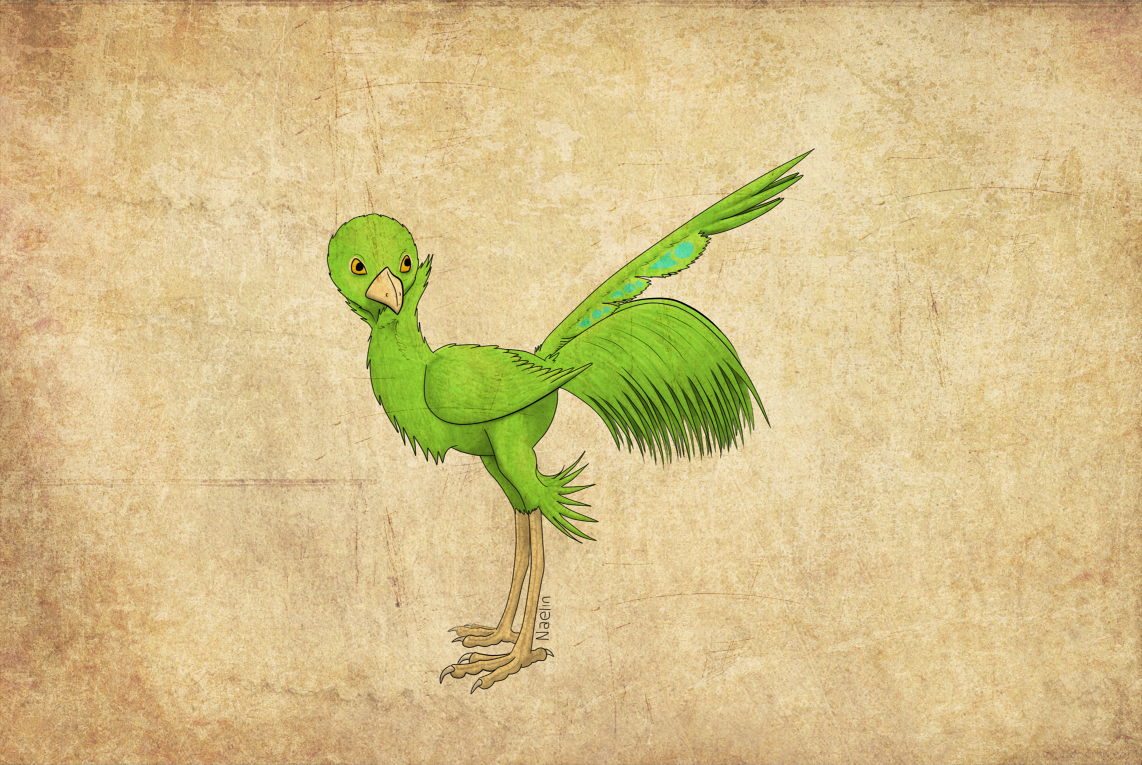
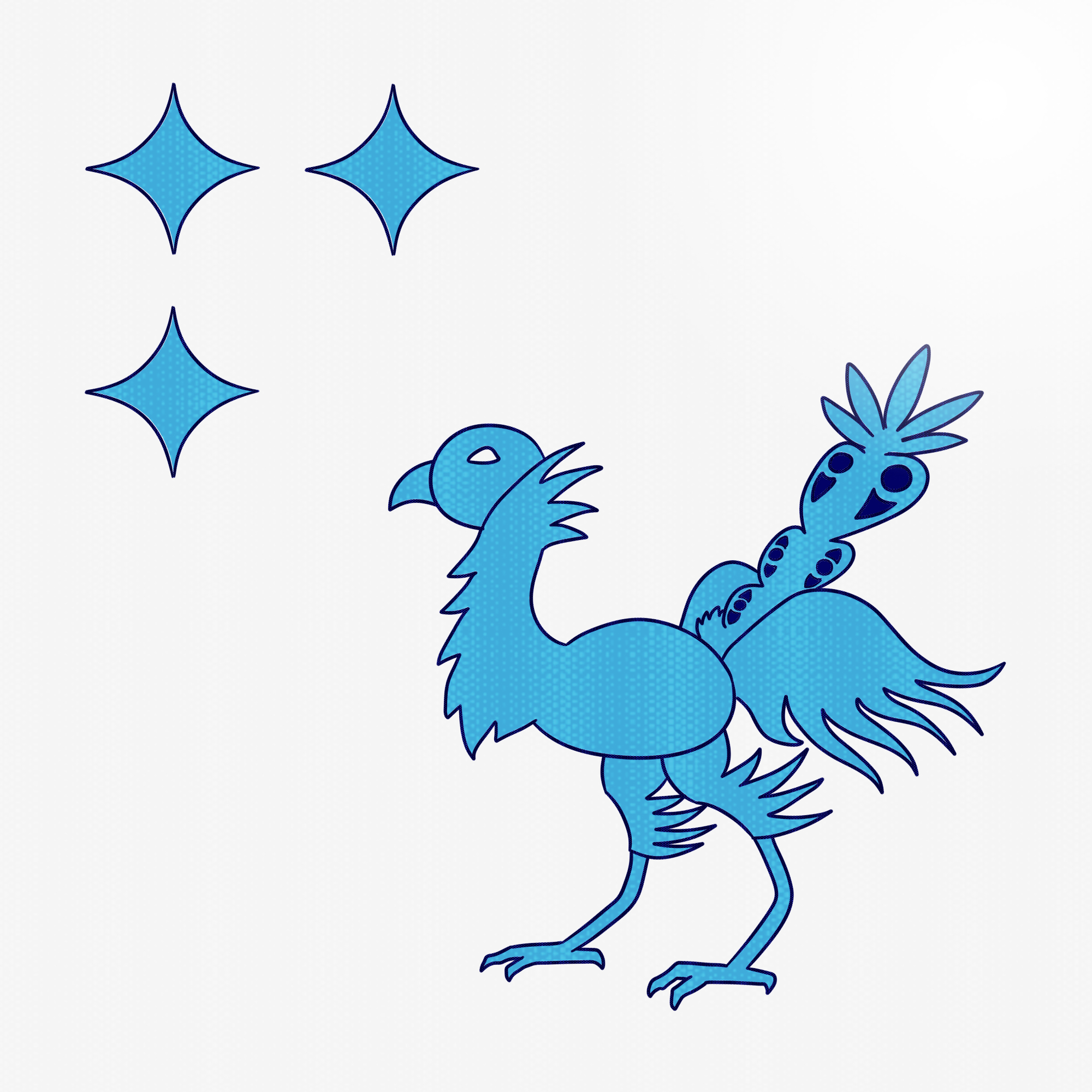
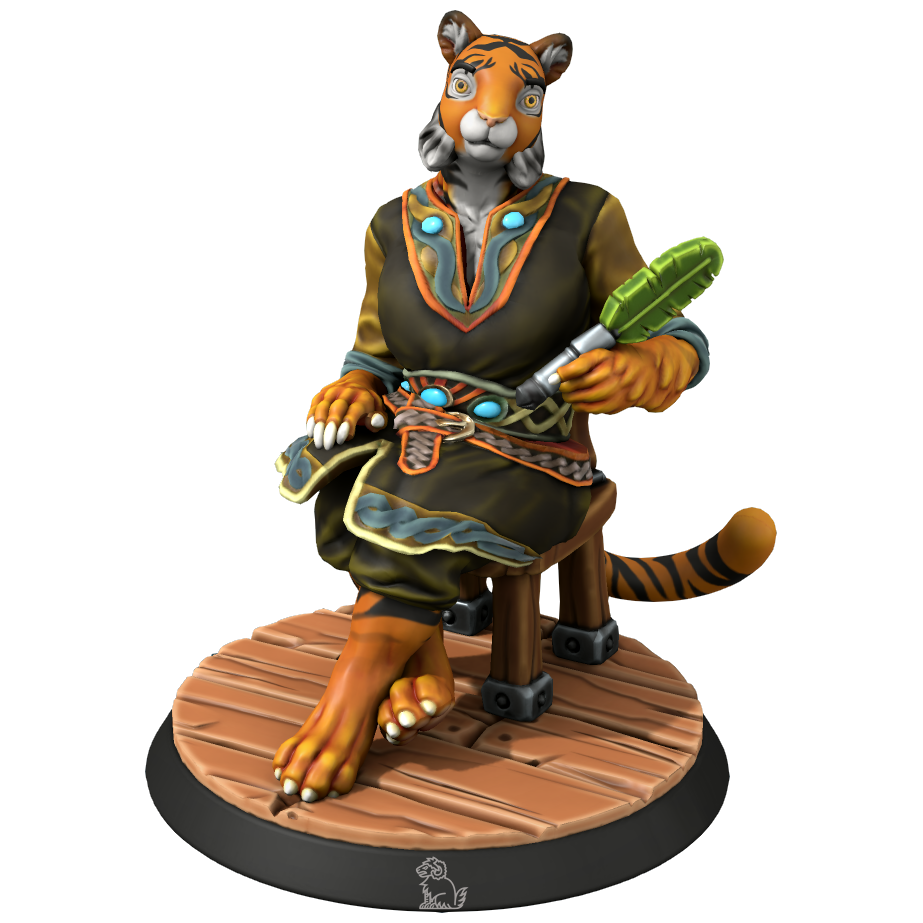
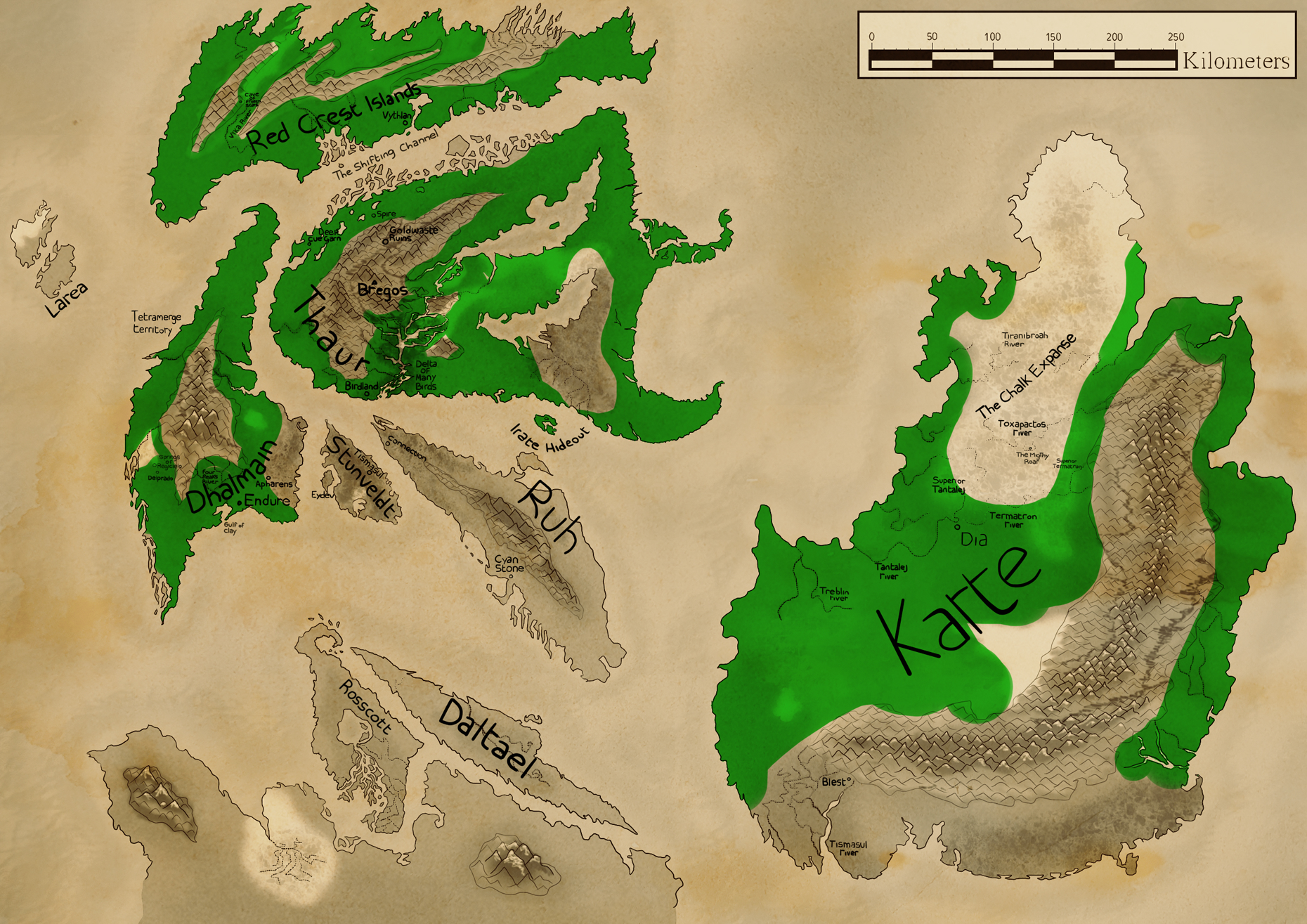
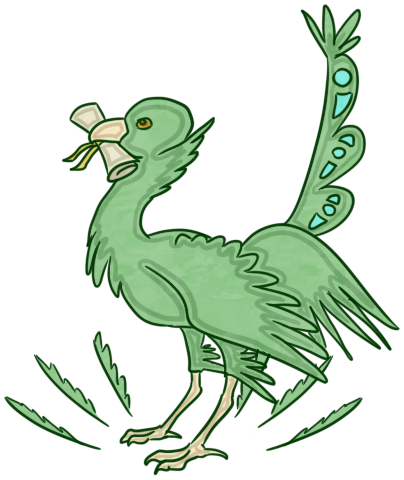



Nooo, don't poach the peace bird! They are lovely. I wish I could see them in real life.
Explore Etrea | March of 31 Tales